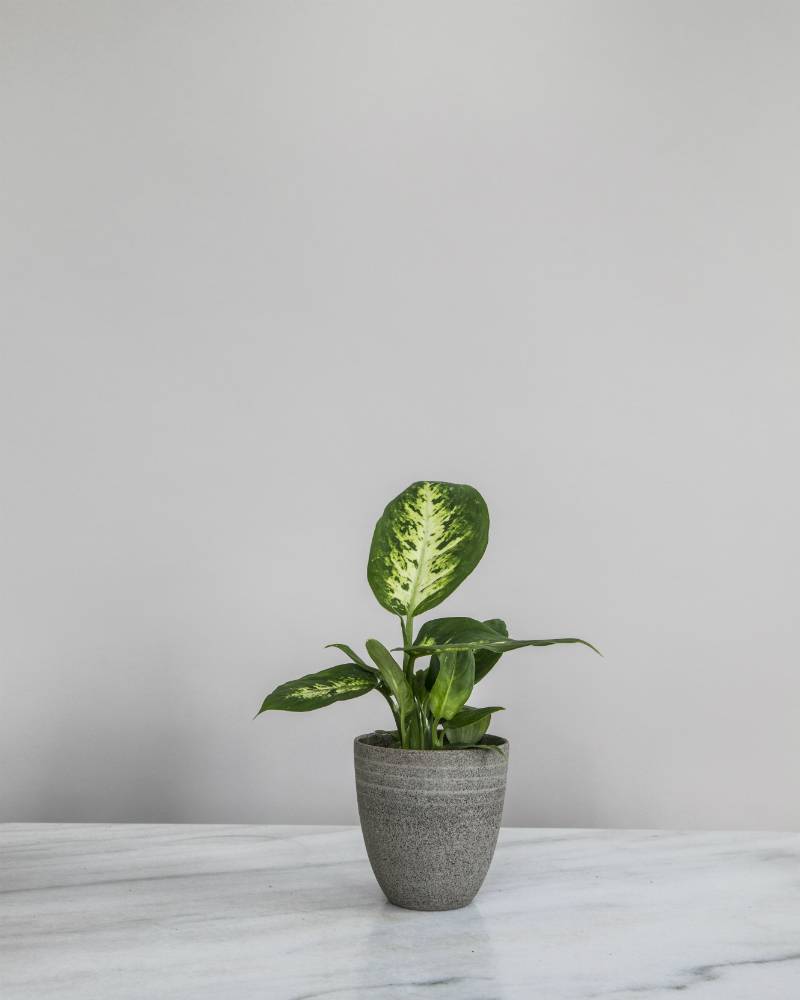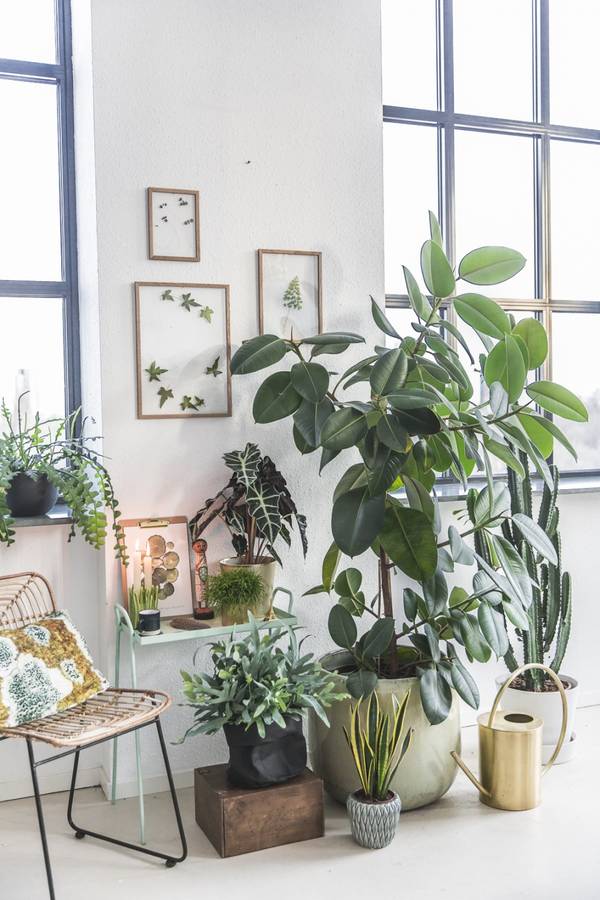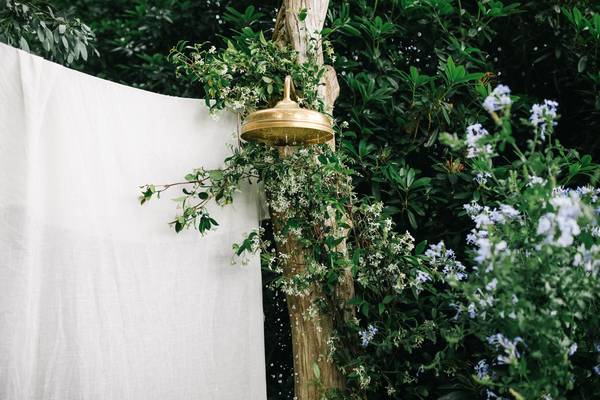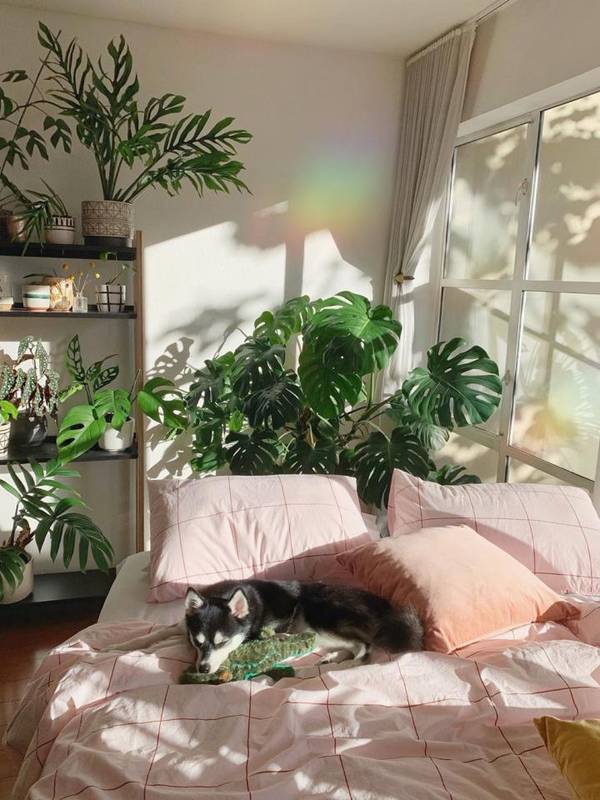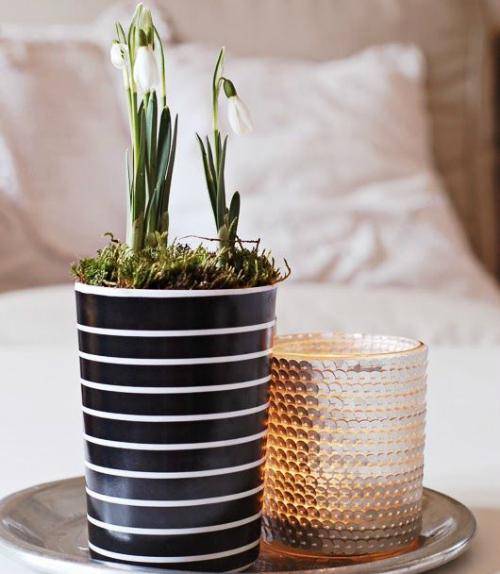
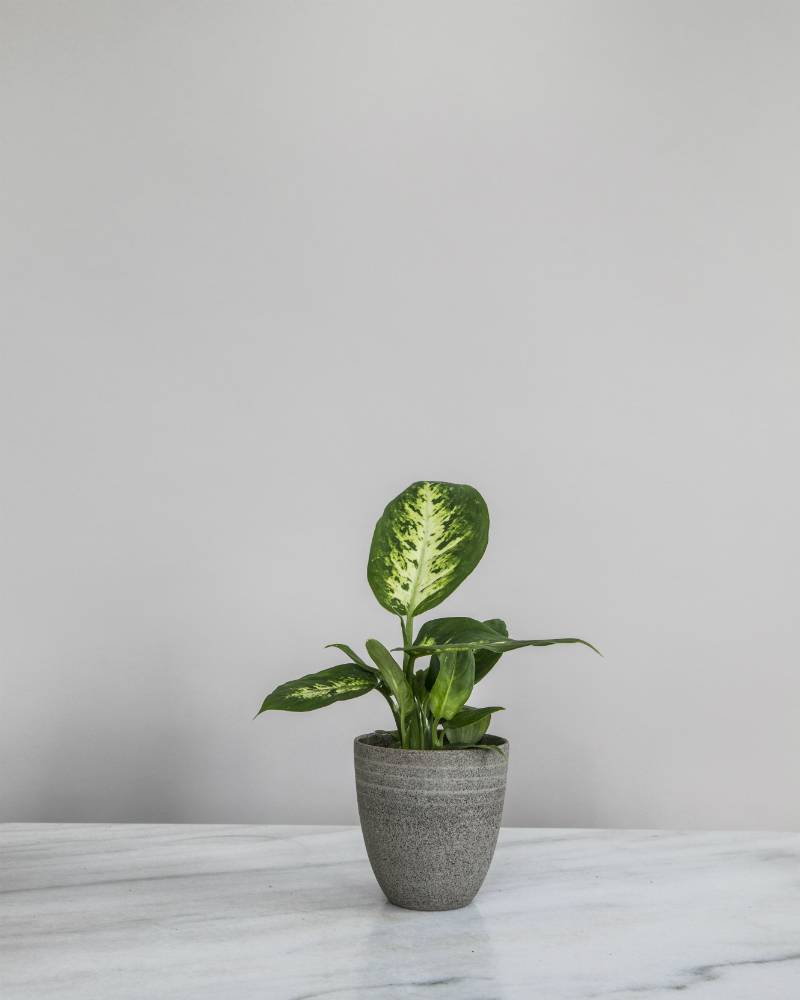
Care
- Dieffenbachia likes damp soil and a humid environment, so spray it with tepid water from time to time.
- Place the plant in a light spot without direct sunlight.
- Your Dieffenbachia does not like the cold: keep it in a room where the temperature is at least 15°C.
- Some plant food once every 3 to 4 weeks will produce new shoots.
If you’re repotting, put on gloves.
Colours and shapes
Look at those leaf markings! Large leaves in various shades of green, pale yellow and even white fan out cheerfully. They’re also working hard to purify the air around them. At the same time the plant also has an edgy side: the plant’s sap is poisonous, so make sure that children and pets cannot reach it. To be on the safe side also put on gloves when you’re repotting the plant.
Symbolism
Dieffenbachia has no clear symbolic meaning. But we can tell you that according to folk tradition in Brazil the plant protects against negative energy. That’s probably because of all that lovely fresh oxygen.
Origin
The plant originates from the Amazon. When it arrived in Europe it was christened Dieffenbachia. It was thereby named after Joseph Dieffenbach (1796-1863), head gardener at the Schönbrunn Palace in Vienna. This was the favourite palace of the famous Empress Sisi. Dieffenbachia is a genus from the Arum family (Araceae) and is related to the Monstera and the Philodendron
